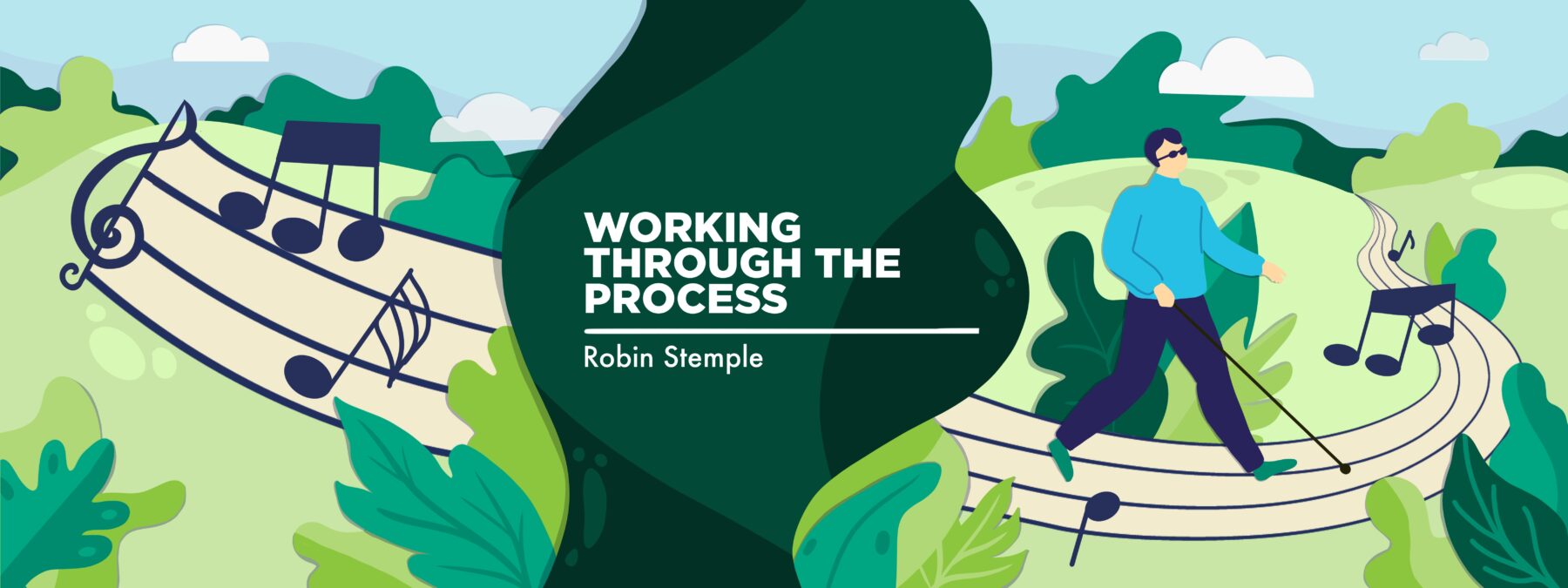When did standing up become a multistep process?
FSHD symptoms have made getting upright difficult for this columnist

Back in the 1980s, as a high school special education teacher, I enjoyed giving my students an assignment at the start of the school year to see if they could follow directions. I told them to read the document I handed out before doing anything. The directions on the top of the page also instructed the students to read the entire page before they took on any task.
There were a total of 10 steps to follow. It was immediately evident which students followed instructions. (You can try a similar test here.)
The first direction was to stand. The second was to sit back down. A number of additional instructions followed, but the last one was the key: It said don’t follow any of the instructions above. The students were simply directed to write their name on the bottom of the page. Needless to say, I had a lot of students standing up, sitting down, and following lots of other instructions they could’ve skipped.
As I was thinking about those good old days when I was a relatively healthy teacher, husband, and father, it occurred to me that the first instruction on this test was to stand up. It was just a single step. Most people can stand without giving it a thought. Not so much for me at my stage of facioscapulohumeral muscular dystrophy (FSHD).
Standing has become increasingly difficult, particularly over the past few years. I’m not alone in the fight to stand up, as it’s a symptom of other neuromuscular conditions and assorted diseases.
I recall doing a self-test about three years ago. I sat on the hope chest at the foot of our bed. I attempted to stand up without pushing off with my hands. It was a bit of a struggle, but I was able to do it at the time. I tried it again just a little while ago, and nothing doing!
My 8 steps for standing
Standing up has evolved into a multistep process for me.
Step 1 is to explore the environment around me from a seated position. As a blind guy, this exploration requires a lot of reaching around to “see” what I can use.
Step 2 is to determine if I have enough room in front of me. I have a lot of forward motion when I try to get some upward motion.
Step 3 is chair analysis. Is the seat of the chair solid? Is it going to slide or roll when I push off? Can I get my hands positioned on it?
I use the seat of a chair to push up, not the arms. I find that the arms of most chairs put my own arms in a position where I can get very little lift because of my weakened shoulders. The same goes for a typical table or the back of a chair. They don’t help at all for Step 3, but they do come into play for Step 5. But I’m getting ahead of myself.
Step 4 is to plant my feet solidly on the floor, perhaps 2 feet apart. Much like a baby first learning to stand, I have to spread my feet somewhat so I can stand. I’m not sure why, but the spread seems to improve my stability.
Step 5 is to grasp the predetermined table, chair back, or counter and pull myself into a semi-standing, hunched-over position. I can’t go directly from seated to fully erect without stopping to pull my feet in and rebalance.
Step 6 is to straighten up to a fully erect position and rebalance. If I take this step with too much oomph, I find myself fighting not to fall backward. It’s a delicate, artful step, not a brute force operation. I’m not quite sure why I even take this step. As soon as I start to walk, I immediately stoop forward, walking in what I call my “Sherlock Holmes looking for clues” posture.
Now that I’m standing, Step 7 is to find something I can get a grip on in the direction I want to go, presuming I’m getting up to relocate. If I don’t have a place to go, I go straight to the last step on this test.
Step 8 is similar to the last step on the test I used to give my students back in the day. “If you don’t have a destination in mind, skip all the above steps. Stay seated until you’ve got some place to go!”
Years ago, my physiatrist advised me to stand and walk when I had to and take every opportunity to sit. She gave me this advice as a way to limit pain and further damage to my reconstructed knees. It’s proven helpful in dealing with my FSHD as well.
Note: Muscular Dystrophy News Today is strictly a news and information website about the disease. It does not provide medical advice, diagnosis, or treatment. This content is not intended to be a substitute for professional medical advice, diagnosis, or treatment. Always seek the advice of your physician or another qualified health provider with any questions you may have regarding a medical condition. Never disregard professional medical advice or delay in seeking it because of something you have read on this website. The opinions expressed in this column are not those of Muscular Dystrophy News or its parent company, Bionews, and are intended to spark discussion about issues pertaining to muscular dystrophy.








Leave a comment
Fill in the required fields to post. Your email address will not be published.